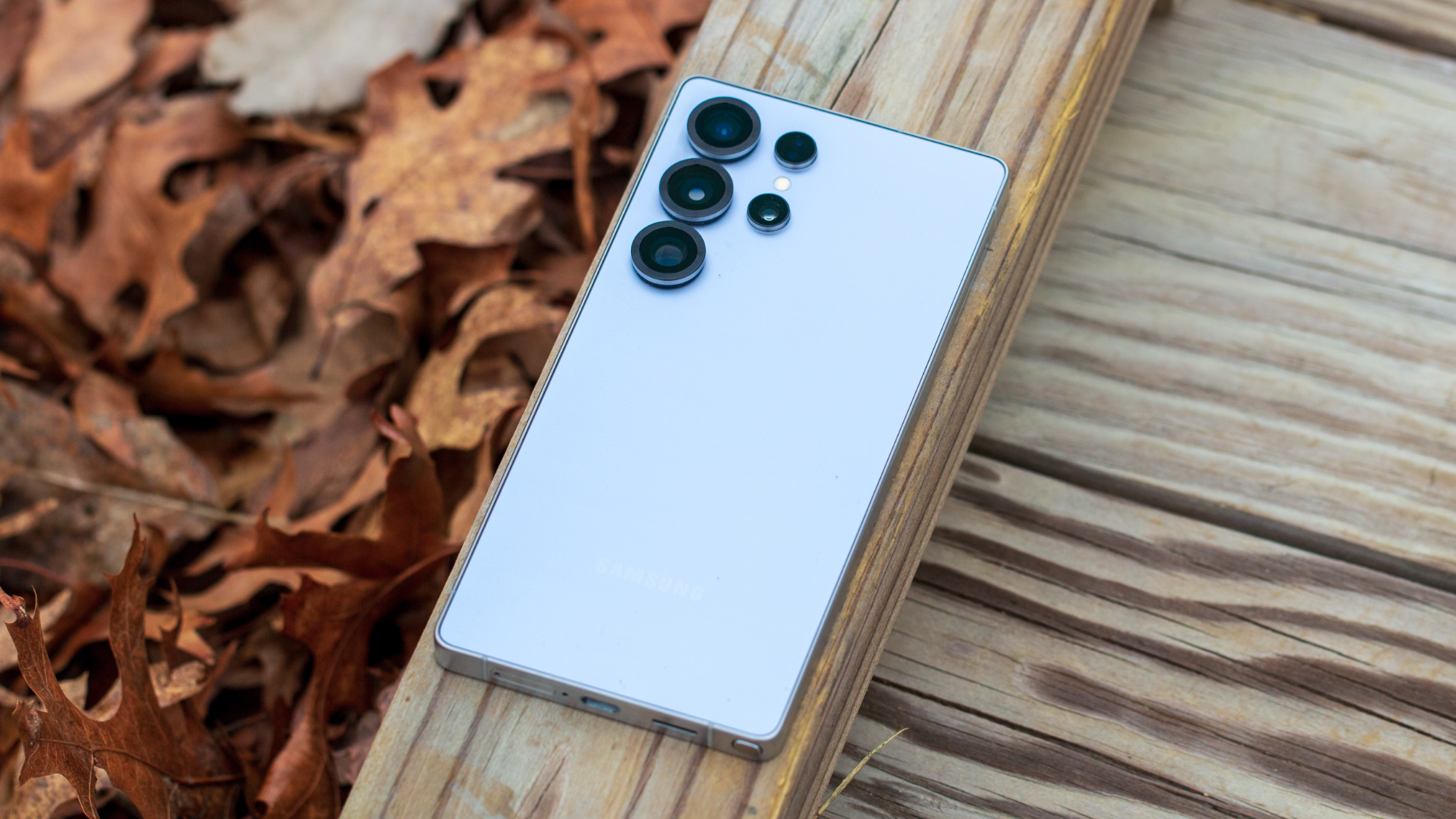Small phone, big camera potential: Honor 20 Series gets best-in-class DxOMark camera score of 111
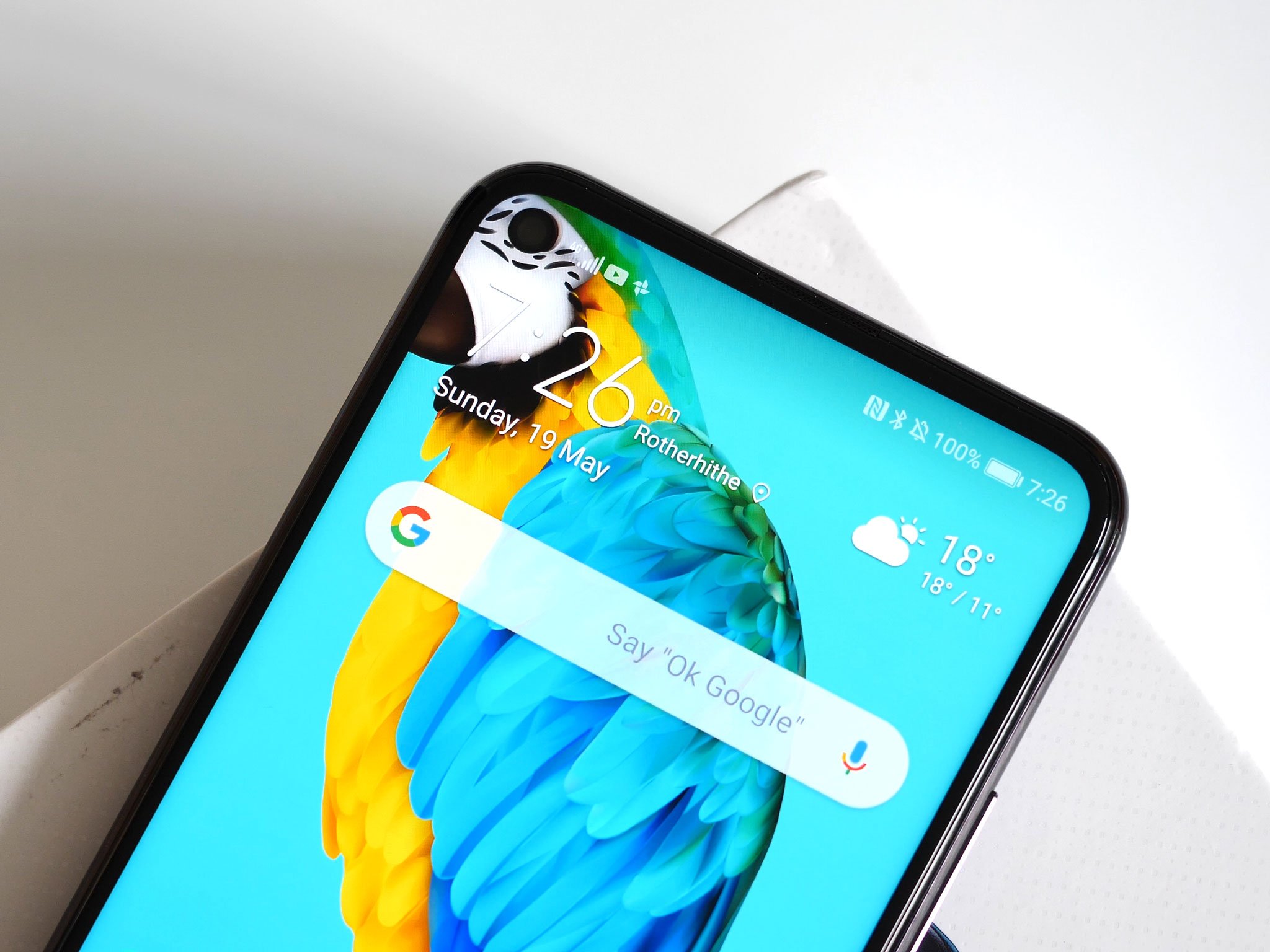
Everyone wants a great camera in their pocket, but most people don't understand that the camera on a phone is extremely different to the big, bulky SLRs and mirrorless cameras professionals use. Those products have the advantage of being big and having parts specifically designed for photo and video capture. On the other hand, a smartphone camera is just one aspect of an extremely complex machine that has to work together to imitate the results of a larger dedicated camera.
Thankfully with the combination of larger sensors, wider apertures, and advanced AI, phones like the Honor 20 and Honor 20 Pro can get you closer than ever to photos that are indistinguishable from the pros. With four cameras and a focus on low light, telephoto performance, macro excellence, and ultra clarity photography, the Honor 20 Series has it all.
Unveiled on May 21 in London, the Honor 20 Series is also the company's first worldwide phone launch — because Honor is a global brand.
Ultra Clarity
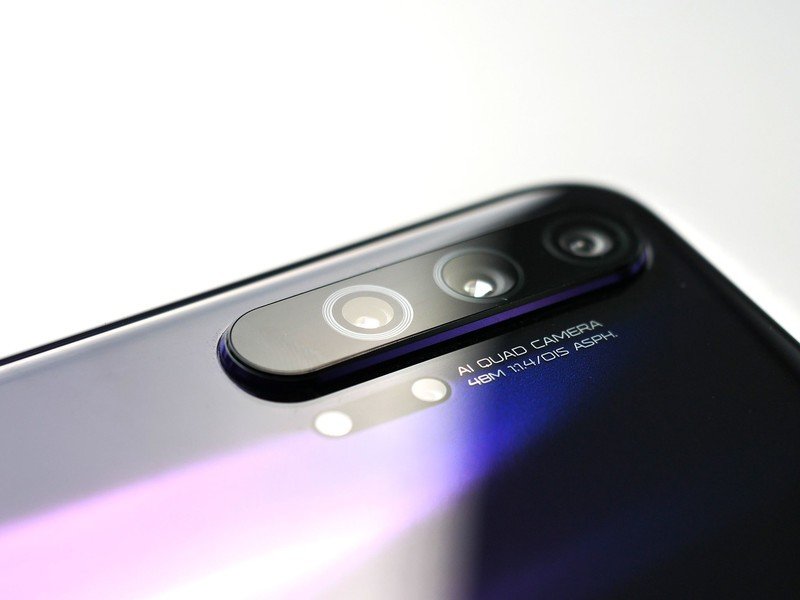
It all starts with the Ultra Clarity Lens inside the Honor 20 Series, a half-inch Sony IMX586 sensor that has 48 megapixels — that's 48 million pixels — to produce incredible results in any lighting condition. In good light, you can take photos with all 48 million of those pixels, but in lower light, they transform into 12 megapixels of light-absorbing, detail-lush goodness.
But a sensor is nothing with its lens, and the Honor 20 series has an amazing — and first-in-the-industry — f/1.4 aperture lens with a 7-layer plastic lens, making for some incredible low-light opportunities.
There really is nothing else like it — having such a huge sensor and ultra-sharp lens together would, on their own, lead to incredible photos, but Honor has included a few more gifts in the Honor 20 series. First, optical image stabilization uses a gyroscope to compensate for hand shake and unexpected movement, which occurs in every photo even if you're not aware of it. OIS also makes it much more likely to get a non-blurry photo in darker conditions, a challenging photography situation for even the most seasoned photographers.
But Honor has another trick up its sleeve here, too, in the form of Super Night Mode, which uses the incredible image sensor, wide aperture, OIS and the Kirin 980 processor's incredible Neural Processing Unit (NPU) to processor dozens of photos when the shutter is pressed to create a composite that's free of blur and full of rich detail and accurate colors.
This all comes together to give the Honor 20 Pro a DxOMark score of 111, one of the best ever received by a smartphone.
One is the loneliest number
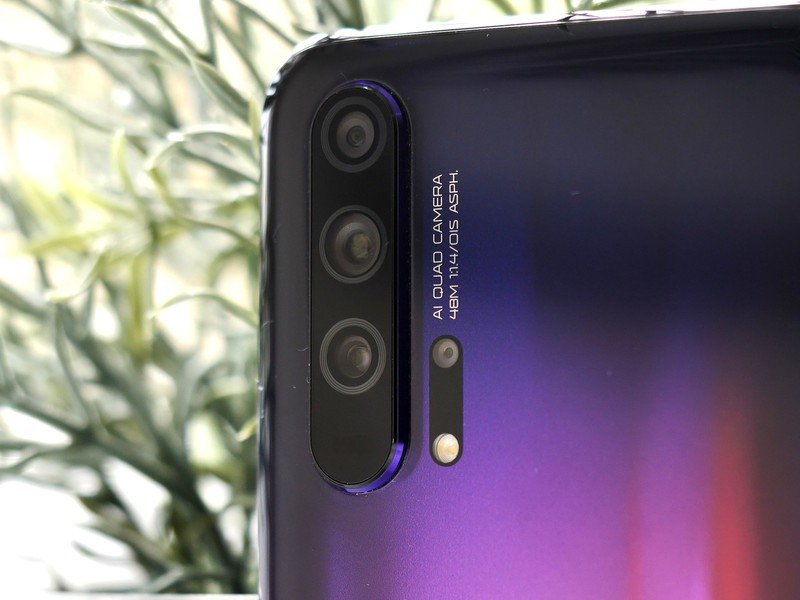
Having that one 48MP sensor combined with all the features listed above would have been pretty great, but great isn't what Honor is after here — they're looking for spectacular.
To that end, the Honor 20 series comes with a combination of additional camera with varying capabilities to open up as many shooting and video possibilities as possible.
First, what both the Honor 20 series share: in addition to that amazing 48MP main sensor, there's a 16MP ultra-wide camera that captures incredible landscape shots and unique perspectives wherever you find yourself.




Of course, an ultra-wide sensor usually means crazy distortion, but Honor is once again using the Kirin 980's super-powerful NPU to correct edge distortion. You can even use the ultra-wide camera in low-light thanks to Electronic Image Stabilization and Super Night Mode, a feature you're unlikely to find on most photos, especially those in this price range.
Both phones also have a 2MP macro camera, making it incredibly easy to get close to subjects that you'd never usually be able to get without specialized camera equipment. It's pretty amazing to see the photo quality from this innovative addition to the Honor 20 series.



Finally, while the Honor 20 has a dedicated 2MP camera for depth — improving portrait photos in any lighting condition — the Honor 20 Pro comes with an 8MP camera with 3x super zoom capabilities. This telephoto camera has optical image stabilization and incredible stabilization to get up close and personal with people, places and things in any lighting condition.
But 3x doesn't tell the whole story — thanks to AI, you can get great shots at 30x zoom, and there's even a Moon Mode for taking shots of earth's favorite neighbor in the sky. No wonder it scored 111 on DxOMark!
A selfie to remember
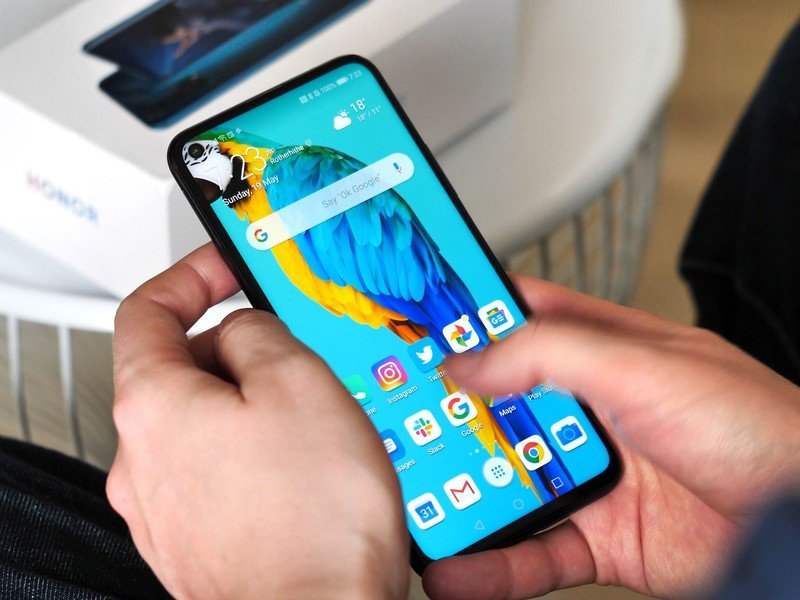
Oh, you thought there were just four cameras on the back? Well, we have news for you: the 32MP selfie camera, tucked into the tiny cutout on the 6.26-inch LCD panel, is fantastic. It has all the same features as the rear cameras but, well, it's on the front.
That means you get the same sharpness, the same AI capabilities, and the ability to take crazy-sharp 32MP photos in basically any lighting condition. Who wouldn't want that from their phone?
The phone's the thing
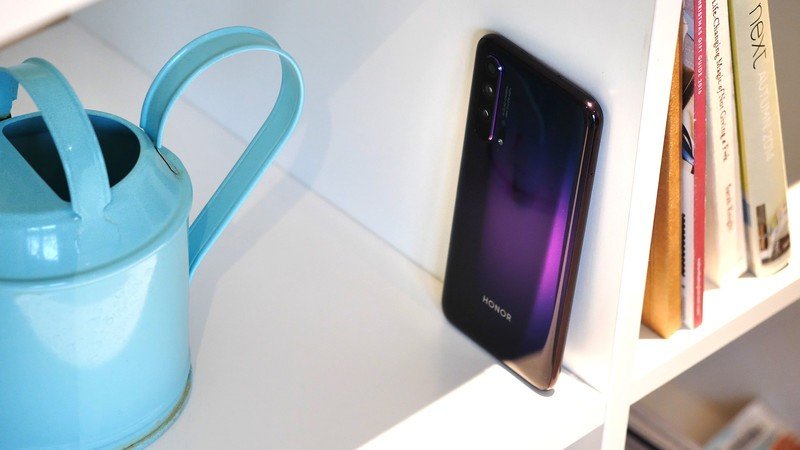
You may be thinking, "With all the focus on the photography, what's left for the rest of the phone?" Well, Honor didn't skimp there, either.
Both the Honor 20 and Honor 20 Pro feature that lively, vibrant 6.26-inch LCD panel with a tiny camera cutout, between 6GB and 8GB of RAM, and massive batteries between 3750 and 4000mAh.
And what about colors? Both phones in the Honor 20 series feature incredible Dynamic Holographic Design glass backs that shimmer and change color in different lighting conditions. Plus, Magic UI 2.1 is the most intuitive, feature-rich version of Android 9 Pie to date.
It all comes back to the camera
Of course, the Honor 20 Series is all about the camera, and if you're looking to get a phone that has practically everything you could ever want in a phone camera, this is the one to get.
Get the latest news from Android Central, your trusted companion in the world of Android


